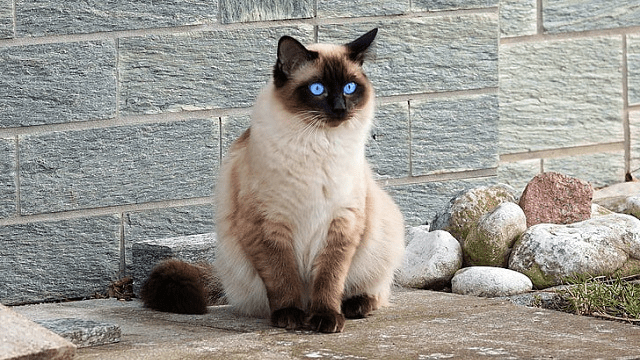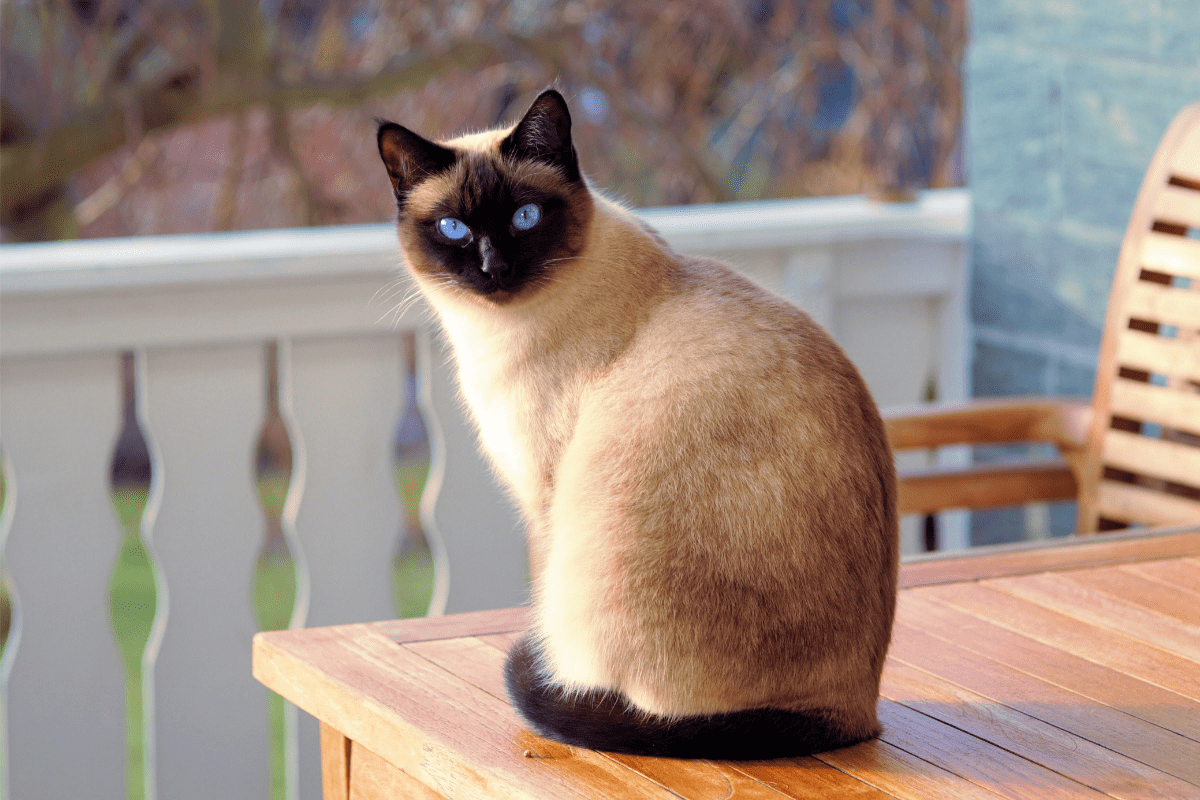Finding a hypoallergenic cat can be of interest to you if you adore cats but suffer from cat allergies. These felines are frequently mentioned as excellent choices for allergy sufferers.
There are a lot of rumors and lies about hypoallergenic animals in general, which is frequently made more difficult by some businesses who advertise their animals as being hypoallergenic.
Because they are believed to shed less than other cats, Siamese cats are occasionally for instance not usually included in the hypoallergenic cat breeds category. This isn’t always the case, though. Like any felines, Siamese also shed a lot. Just because, their fur is finer and shorter than that of other cats, giving the impression that they shed less.
Someone who is allergic to cats will react to the proteins that cats produce. This protein can be discovered in a cat’s saliva, hair, and urine. These proteins are common among cats, thus all cats produce these proteins. There isn’t going to be a cat without any protein.
Actually, whether or not a cat is hypoallergenic has nothing to do with how much fur it generates. The skin of cats is what allergy sufferers are sensitive to, not the fur (hair).
Therefore, whether the cat sheds or not is not important. Any cat with skin and hair will cause allergies for some certain people. Currently, there isn’t a cat that does not shed hair.
A cat cannot be made hypoallergenic by any means. All cats will produce hair, which will continue to trigger allergies. To lessen or reduce the quantity of hair in your home, you can employ a number of methods, which may help with allergies.
Even though removing the pet is the most effective way to reduce allergies, pet owners frequently fail to do this. Most people who get allergies to pets try to find different treatments that don’t involve giving up the pet.
You can also keep the cat outside, but neither doctors nor veterinarians typically advise doing so. When kept outside, cats have a substantially shorter lifespan because they will exposed to some health diseases, predators or even get involved in accident.
Even if the cat is taken out of the house, the hair frequently remains there for a while. It takes some time for the protein concentration to drop below the threshold where allergens can no longer trigger an allergic response.
Numerous people follow rigorous or different cleaning schedules. Eliminating these allergens can be very beneficial because they are frequently the root cause of allergies.
These allergens are already present in the environment. The primary issue is the dander they have produced that has accumulated in your carpet.
Mattress encasing and carpet removal are frequently advised. These areas frequently contain the most hair released by the cat. The amount of hair or dander in the house can be significantly decreased just by getting rid of the carpets.
It may or may not be beneficial to bathe the cat. There have been conflicting research, and there is now no clear consensus among scientists as to whether bathing a pet actually lessens or reduce the amount of allergens it produces.

It is also incredibly challenging to bathe a cat, so frequent bathing is not really a solution. Additionally, cats don’t usually accumulate as many allergies in their fur, so bathing them may not be as beneficial for them.
Read Also: Laperm Cat Breed Description and Complete Care Guide
The traditional notion of a “hypoallergenic” cat does not apply to Siamese cats. For instance, hypoallergenic is not usually common in Siamese cat breed. Although their shorter hair makes it less obvious, they shed just as much as any other feline.
They also create the same kind and quantity of dander or hair as any other cat breed, thus their allergy symptoms will be in line with those of every other feline.
Actually, a cat that is hypoallergenic does not exist. All cats produce proteins in their skin, saliva, and urine that may cause allergic reactions in some certain people. These are all the potential sources of allergic symptoms. Don’t accept the claims that any cat is hypoallergenic if you have a cat allergy.
Siamese cats do not belong to the breeds that produce less of the allergen Fel d 1. But they belong to a breed that is renowned for having very little shedding. This is how they came to be known as a breed that is “hypoallergenic”.
Cats leave the Fel d 1 allergen on their fur when they groom themselves. The allergen is discharged into your home as they shed. Siamese cats don’t shed as much as other cats do, therefore they won’t have a big impact on your allergies.
Actually, your sensitivity will determine how much a Siamese cat impacts your allergies. No cat will make a good pet for persons who are extremely sensitive to the Fel d 1 allergy.
An allergic reaction can be brought on by small amounts of exposure. However, the Siamese breed is one that is more likely than others to be a good fit for you if your allergy to cats is only mild.
Let’s say you do have a severe allergy to cats, but you have to have a Siamese cat as a pet. In order to help lessen the amount of suffering you will have to carry out some important steps.
First, you can let someone else take care of the grooming, take your cat to a non-allergic person to get groomed. When you groom your cat, the allergen Fel d 1 may be released from their fur, exposing you to a significant amount.
Similarly, grooming your cat away from your house can help to reduce the amount of the allergen in your home. Regular bathing can sometimes help in cutting down the allergens that your cat releases, especially if you use cool, distilled water. This can eliminate up to 84% of the allergens produced by your cat while they are also preparing for further production according to some experienced breeders.
After petting your cat, be careful not to touch your face. This can be a simple approach to get the allergen right into your body. To prevent the accumulation of Fel d 1, keep in mind to routinely wash all of your garments and linens.
In conclusion, it may be discouraging to learn that no cat is really hypoallergenic, though. However, some breeds may have less of an impact on allergies due to some certain features. One of these breeds is the Siamese cat, and as such, they are sometimes regarded as hypoallergenic.
Siamese cats don’t shed much, even if they still emit Fel d 1, so they should have less of an impact on someone who has cat allergies, especially if their allergies are not severe.
Read Also: How to Start an Urban Farm

